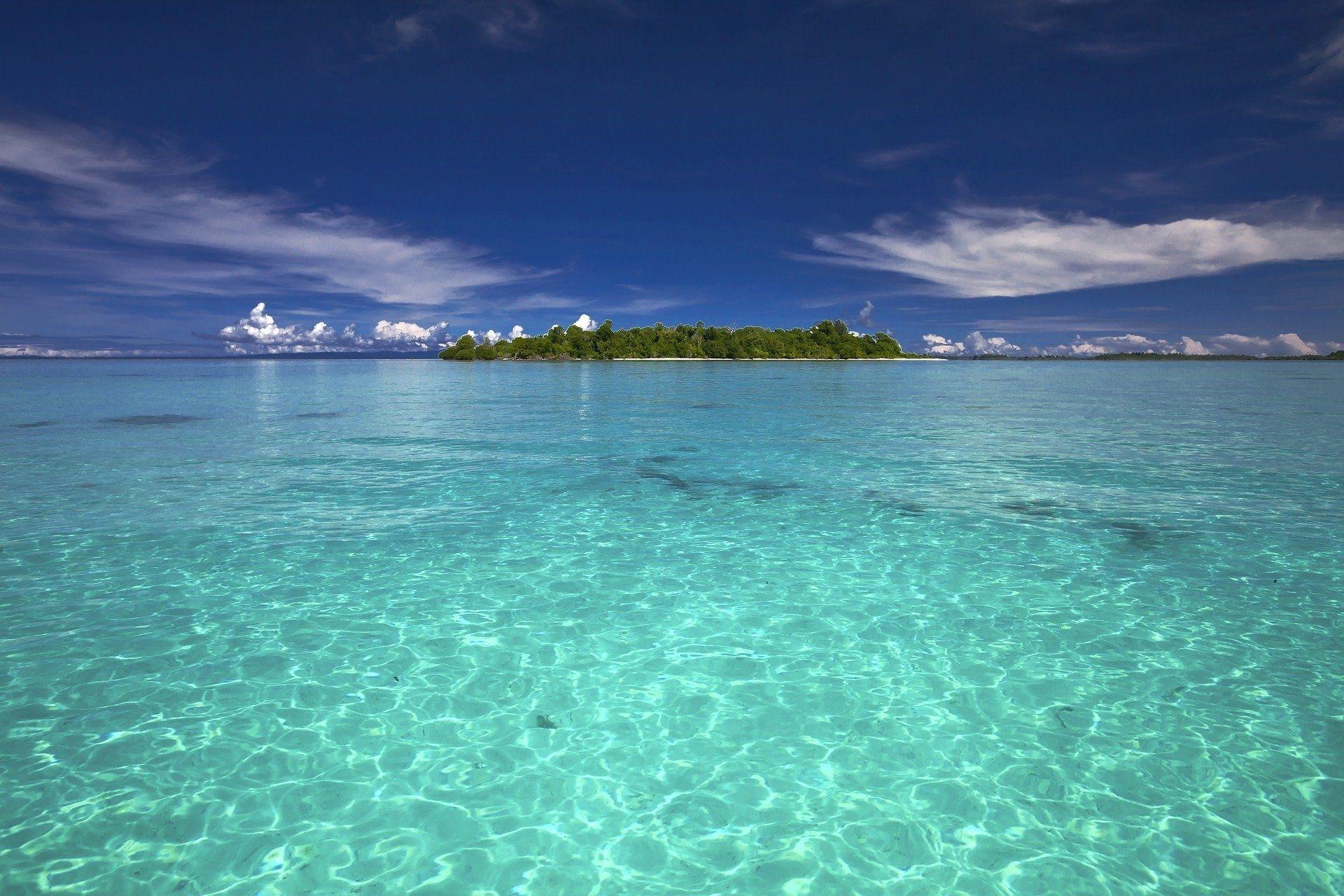
Water eutrophication
What about water, the main human resource? ‘Clear water, fresh and sweet’ recited Petrarch, inspired by his beautiful Laura as she bathed in the pure waters of the time. Six hundred and eighty years later, we find a state of natural waters where bathing is forbidden and the beautiful Laura of today ends up in the emergency room for water polluted by faecal bacteria. This is progress. Progress that is expressed in all its magnificence, evoked by the study of the environmental characteristics of bathing waters and connections to sources of contamination, which states ‘eutrophication is a risk factor for the health of bathers’.
Eutrophication and pollution
Eutrophication is a problem that increasingly affects both fresh and marine waters around the world.
Water eutrophication is a form of pollution and more precisely a phenomenon related to water pollution.
It is a natural phenomenon caused by a high concentration of nutrients (such as nitrogen and phosphorous, hence nitrates and phosphates) used in agriculture, but also from livestock (livestock discharges), sewage, other domestic sources (detergents and cleaners) and industrial sources.
Negative effects of eutrophication
For some years now, particularly with the excessive use of chemical and organic fertilisers in agriculture, there have been major environmental problems related to the eutrophication of surface waters, increasing the number of degenerative processes in the aquatic ecosystem.
They are increased by the high concentration of dissolved nitrogen and phosphorous in the water and the high daily temperatures, which, by lowering the oxygenation of the water, create an ideal environment for the establishment of large numbers of unicellular algae and algal blooms.
Recall that just 1 gram of phosphorous is capable of producing 114 g of algal biomass, for the organic breakdown of which as much as 142 g of oxygen is required. Multiplying by the load of these substances released daily explains the hypertrophy of lakes and even the death of coral reefs in the most enchanting seas.
Indeed, aquatic plant organisms, at the end of their life cycle, release large quantities of carbon dioxide, creating an increasingly asphyctic environment to the point of becoming toxic, through the production of hydrogen sulphide and ammonia, for the biological life of fish. In addition, the foul-smelling and putrid landscape becomes an attractive habitat for many insects, bacteria and diseases and a possible source of danger to humans, with the occurrence of skin diseases, eye inflammations and various other ailments.

Eutrophication: BioAksxter® model of sustainable development
The use of BioAksxter® in agriculture, as repeatedly stated, is the solution to agricultural pollution because it prevents and reduces water eutrophication, limiting the leaching and percolation of agricultural products into run-off water, containing the leaching of nutrients and reconstituting a more structured soil with a higher fertility index. Furthermore, treating crops with BioAksxter®, through water-soil-plant-air exchanges, extends its depolluting action to inland and marine waters, thus counteracting the depletion of water resources and the disruption of the hydro-geological cycle.
A rebalancing of the situation of our aquatic ecosystems is therefore possible.